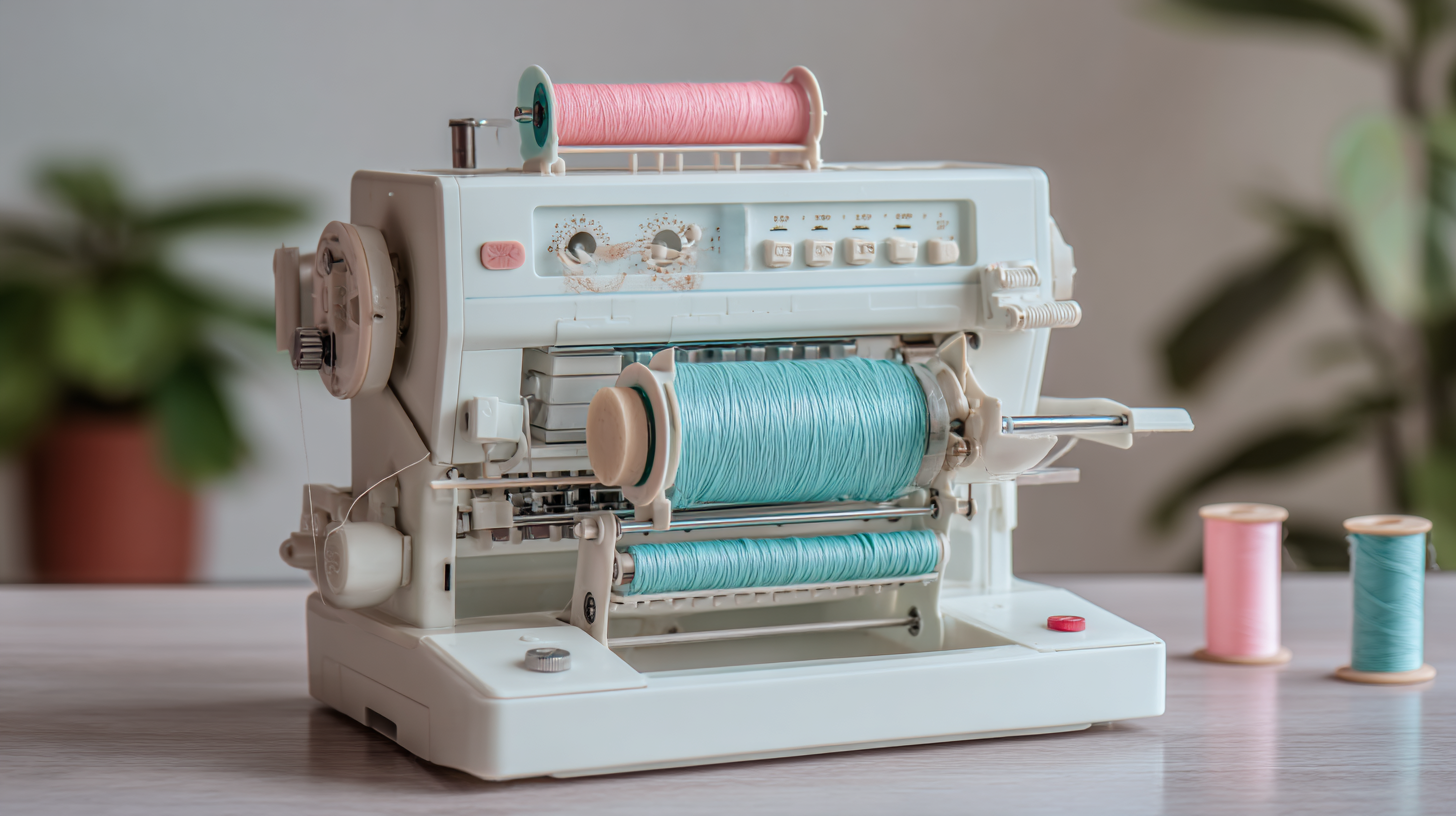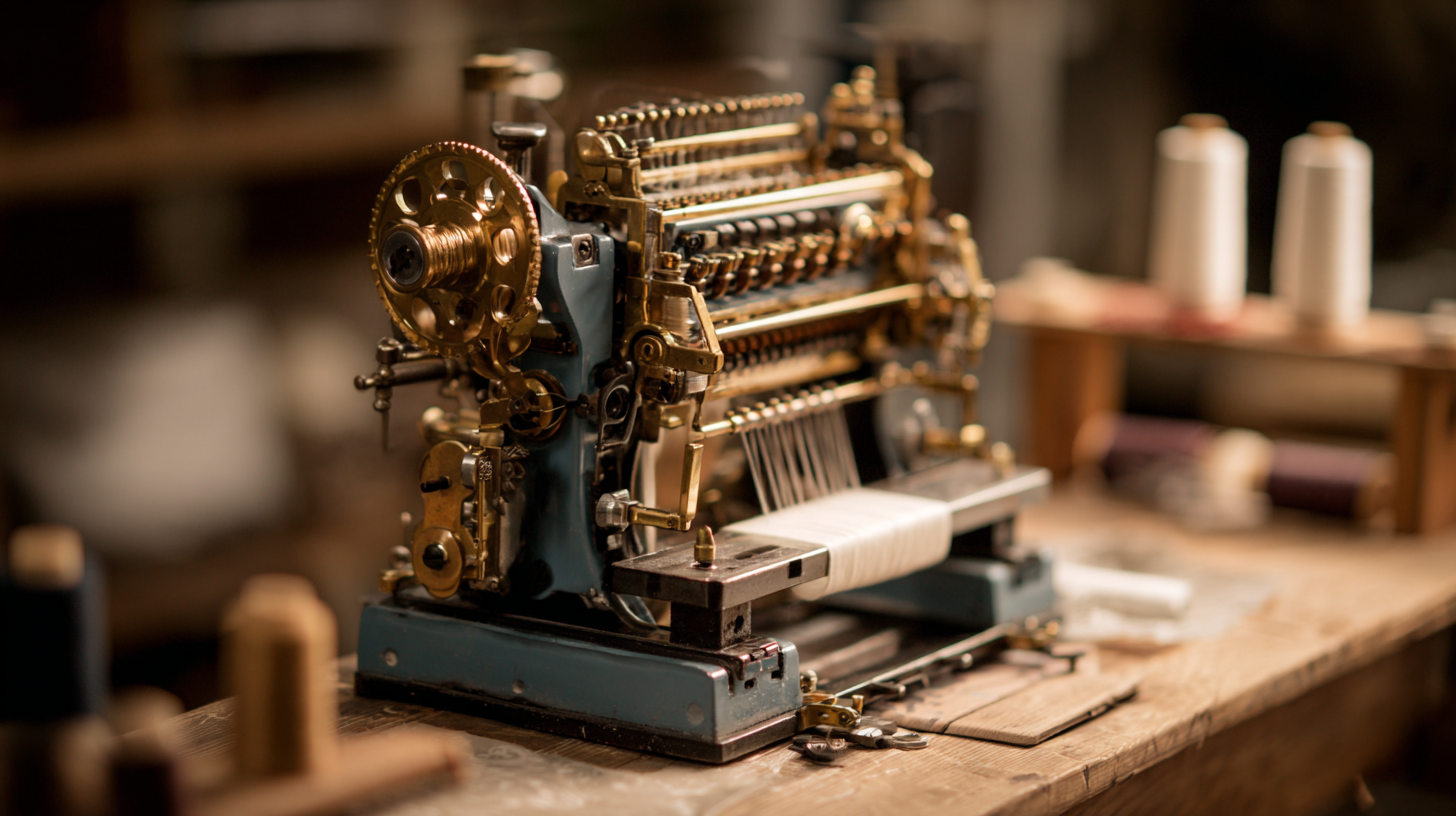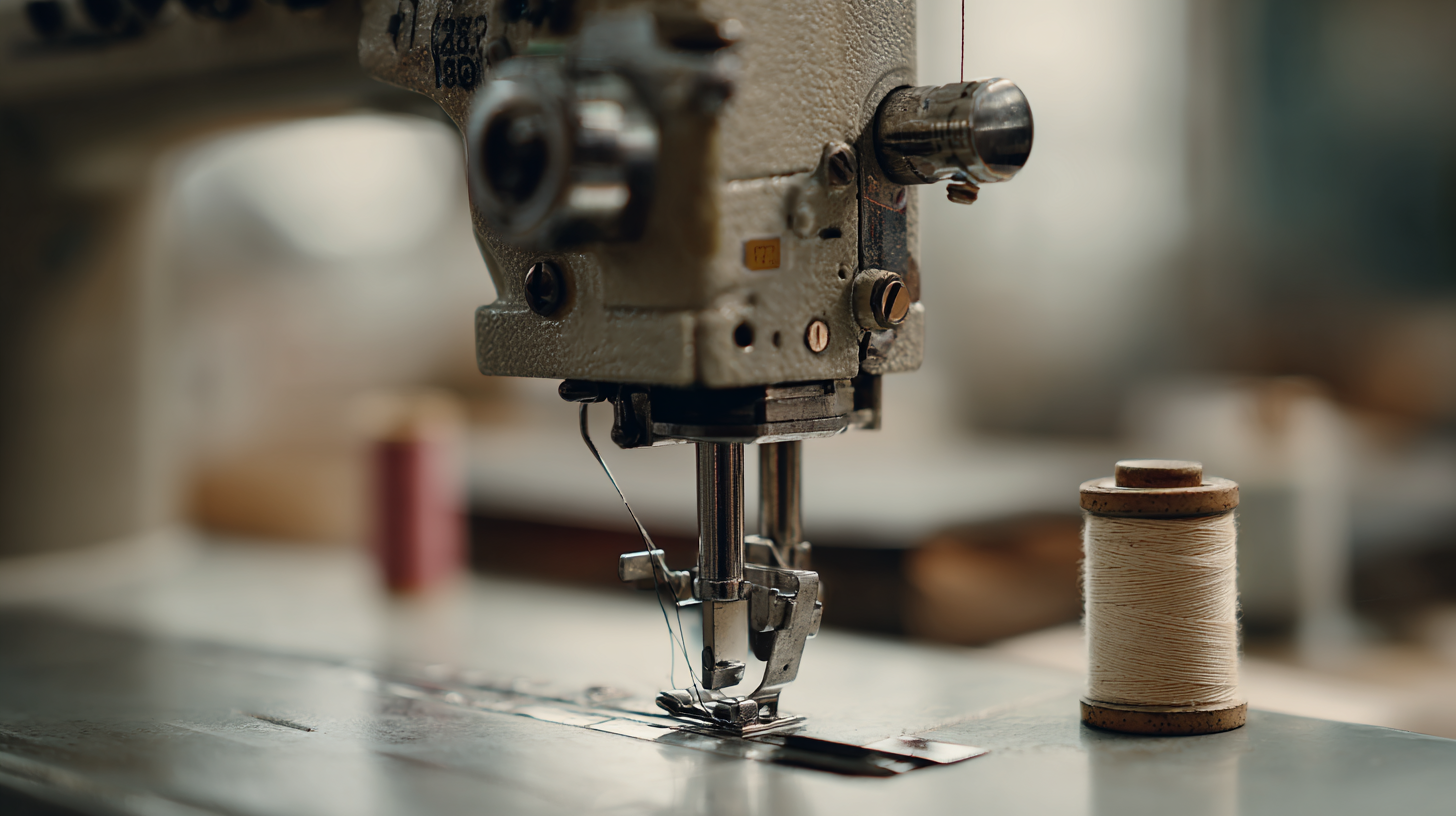Leave Your Message
The textile industry is experiencing a renaissance, with the global market projected to reach $1 trillion by 2025, driven by a surge in demand for innovative fabrics and sustainable production methods. As this dynamic sector expands, novice creators are increasingly seeking versatile solutions to elevate their craft.
 Enter the Mini Textile Machine, a game-changer for beginners looking to master the art of textiles without the overwhelming complexities of larger equipment. According to recent industry reports, the accessibility and affordability of mini textile machines have led to a 30% increase in hobbyists and small-scale manufacturers entering the market. This tutorial aims to equip you with essential tips and techniques to unlock your creative potential, enabling you to confidently navigate the fascinating world of textiles and bring your unique designs to life.
Enter the Mini Textile Machine, a game-changer for beginners looking to master the art of textiles without the overwhelming complexities of larger equipment. According to recent industry reports, the accessibility and affordability of mini textile machines have led to a 30% increase in hobbyists and small-scale manufacturers entering the market. This tutorial aims to equip you with essential tips and techniques to unlock your creative potential, enabling you to confidently navigate the fascinating world of textiles and bring your unique designs to life.
When setting up your mini textile machine, having the right tools is crucial for a smooth and enjoyable crafting experience. First and foremost, invest in high-quality threads, as they significantly impact the final product's durability and appearance. Cotton threads are perfect for general sewing, while specialized threads like polyester or nylon offer unique advantages for specific projects. Additionally, don’t overlook the importance of scissors or rotary cutters; precision tools allow for clean edges and efficient fabric handling.

Next, consider incorporating a cutting mat into your workspace. This protective surface not only extends the life of your tools but also facilitates accurate measurements when cutting fabric. A ruler and fabric measuring tape are essential for ensuring your pieces are cut accurately, helping you avoid mistakes that could waste materials. Lastly, keep any additional accessories like bobbins, needles, and a seam ripper close at hand. These essentials will streamline your workflow and empower you to tackle various textile projects with confidence.
Setting up your mini textile machine can seem daunting, especially for beginners, but with the right guidance, it becomes an exciting journey into the world of textiles. According to a recent report by the Textile Association, the global textile industry is projected to reach $1 trillion by 2025, emphasizing the growing demand for skilled artisans who can adapt to new technologies. For beginners, mastering the setup of a mini textile machine is the first step in harnessing this potential market.
To begin, ensure you have a suitable workspace that’s well-lit and equipped with the necessary tools. Follow the manufacturer's instructions closely, as each machine may have unique settings. A study from the Fabric Manufacturers' Institute indicates that proper calibration can increase efficiency by 30% in novice users. Start by threading the machine carefully, adjusting the tension appropriately, and selecting the correct stitch type based on your fabric. Remember, practicing on scrap materials can significantly enhance your confidence and skills before working on actual projects. Engaging with online communities and tutorials can also provide invaluable support as you navigate your textile journey.
In textile production, beginners can explore various techniques that enhance their skills and creativity. One of the most approachable methods is visible mending, a trend gaining traction as sustainability becomes a priority. This technique allows individuals to repair and breathe new life into worn garments using basic sewing skills, thread, and scrap materials.
According to recent industry reports, the global textile recycling market is projected to reach $28 billion by 2027, demonstrating an increasing awareness of sustainable practices among consumers and producers alike.

Furthermore, incorporating traditional techniques can enrich a beginner's journey in textile creation. For instance, the prestigious Kuppadam silk sarees, which recently won a national award, exemplify how regional expertise and heritage can produce exquisite textiles. Such achievements highlight the importance of preserving crafting techniques that not only celebrate cultural diversity but also offer valuable insights for aspiring textile artists.
Workshops focusing on block printing, a skill rooted in ancient practices, are ideal for novices eager to explore textile design while understanding the historical context and modern applications of their craft.
Maintaining your mini textile machine is crucial for optimal performance and longevity, especially for beginners who are just getting started in the world of textiles. Regular maintenance not only prevents common issues such as thread jams and broken needles but also ensures that your projects run smoothly. Start by cleaning the machine after each use—remove lint and residue from the bobbin area and feed dogs to maintain seamless operation.
Additionally, regularly oil your machine according to the manufacturer's instructions; this will keep parts moving freely and help avoid costly repairs down the line.
Another important tip is to regularly check and change the needle. A dull or damaged needle can create uneven stitches and may even cause fabric snags. It's recommended to change your needle after every project or after every few hours of sewing if you're working on multiple items. Finally, familiarize yourself with the machine’s manual. Understanding the specific needs and quirks of your particular model will allow you to troubleshoot problems effectively and make the most of your mini textile machine. By investing time in proper maintenance, you’ll enhance not only its performance but also your enjoyment of sewing.
Using a mini textile machine opens up a world of creative possibilities for beginners eager to explore the fabric arts. In recent years, the rise in popularity of home sewing has been reflected in market reports, with the global sewing machine market projected to reach $5.7 billion by 2024, growing at a CAGR of around 5.1% (Statista). This trend is largely driven by younger generations who appreciate the value of handmade items and personalization, making the mini textile machine an excellent investment for creative projects.
Among the myriad of projects you can dive into, consider starting with simple items like table runners or tote bags. These pieces not only allow you to practice sewing techniques but also enable you to express your personal style. According to a survey by Craft and Hobby Association, over 40% of craft participants are interested in sewing and fabric art, suggesting a thriving community eager to share tips and creative ideas. As you become more confident in your skills, you can experiment with patchwork designs or even fashion accessories, paving your way to mastering textiles through practical application.
